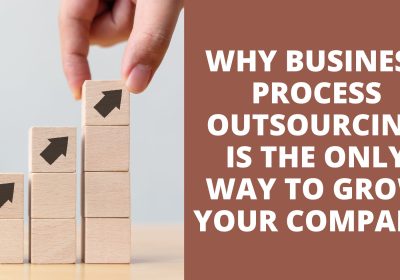
A Short Guide To Amazon Seller Pricing Strategies
Pricing strategy is a crucial component of an Amazon seller’s overall marketing strategy. Amazon sellers use a variety of pricing strategies to attract customers and maximize profits. In this article, we will discuss four common pricing strategies used by Amazon sellers. Many sellers use a combination of several different pricing strategies in order to target different audience types.
Competitive Pricing
Competitive pricing involves setting prices based on the prices of competitors. Amazon sellers can use tools like Amazon’s Buy Box algorithm to automatically adjust prices to stay competitive with other sellers. Competitive pricing can help sellers remain competitive and increase sales volume. However, it can also lead to price wars and reduced profit margins if sellers continually lower prices to match competitors. Price wars almost always favor the company that has the most ability to lose resources in order to gain marginal market advantages. For this reason, small sellers should avoid this practice at all costs. Amazon itself is famous for price-gouging competitors out of the market. The company has officially stated that price gouging has no place on the platform.
Dynamic Pricing
Dynamic pricing is a pricing strategy that involves adjusting prices in real time in response to changes in market conditions, such as competitor pricing, demand, and supply. Amazon sellers can make use of dynamic pricing by using software tools and algorithms that automate the process of adjusting prices in response to these factors. Agencies like Nuanced Media can help sellers create dynamic pricing strategies that suit the markets they belong to. By using dynamic pricing, Amazon sellers can optimize their prices to remain competitive with other sellers, maximize their profits, and increase their sales volume. However, it is important for sellers to carefully monitor market conditions and adjust their pricing strategy accordingly to ensure they do not price too high or too low.
Bundling
Bundling involves offering multiple products together at a discounted price. Bundling can encourage customers to purchase more items and increase overall sales volume. For example, a seller might offer a bundle of related products, such as a set of kitchen utensils or a set of skincare products. Bundling can be an effective way to differentiate products and offer customers added value.
Premium Pricing
Premium pricing involves setting prices higher than competitors to position products as premium or high-quality. Premium pricing can be effective for sellers who offer unique or high-quality products that are in demand. However, it can also be risky if customers perceive the product as overpriced compared to competitors. Premium pricing requires careful market research and an understanding of customer behavior to determine whether customers are willing to pay a premium for the product.
Amazon sellers use a variety of pricing strategies to attract customers and maximize profits. Competitive pricing, dynamic pricing, bundling, and premium pricing are all effective strategies depending on the seller’s goals and market conditions. By carefully analyzing market conditions and customer behavior, sellers can choose the pricing strategy that best suits their needs and position themselves for success on the Amazon platform.






